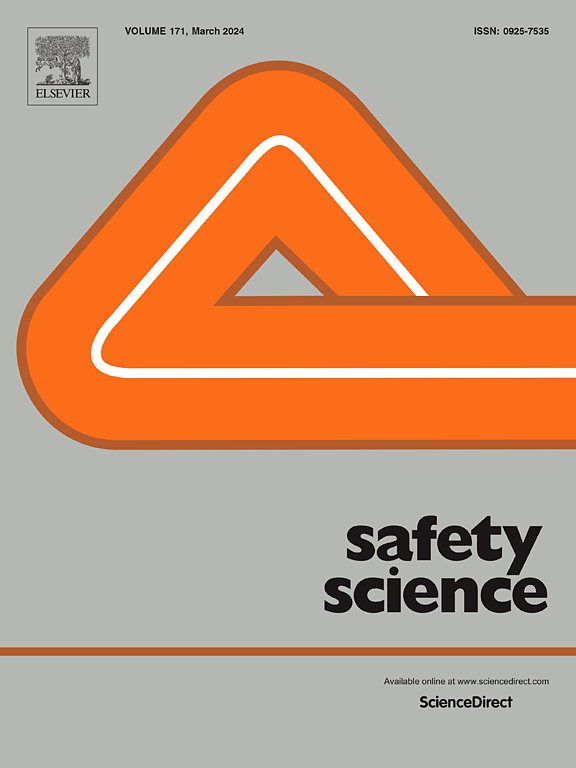XR and Workers’ safety in High-Risk Industries: A comprehensive review
IF 4.7
1区 工程技术
Q1 ENGINEERING, INDUSTRIAL
引用次数: 0
Abstract
The wider application of extended reality (XR) in various industrial settings has created numerous opportunities for enhancing worker safety. Several XR solutions have been applied to address specific safety challenges faced by workers. This study reviewed the current literature (2017–2024) on how XR technologies can potentially enhance worker safety. The PRISMA protocol was used to highlight how XR technologies are utilized in safety training for high-risk industries, their limitations, and recommendations for future improvements. Findings from a review of 41 studies indicate diverse opportunities (e.g., improved knowledge and productivity, delivery of interactive and sequential instructions) for virtual reality (VR), augmented reality (AR), and mixed reality (MR) in industries such as mining, construction, manufacturing, healthcare, power distribution/thermal plants, aviation, and firefighting. Several challenges (e.g., limited viewing fields, motion sickness, and control issues) were identified in the use of VR, AR, and MR, stemming from both human and socio-technical factors. The overall sentiment towards the use of XR in safety training was predominantly positive (550 instances), reflecting confidence in these technologies to enhance safety training outcomes. Findings from this study offer new insights into the capabilities of XR technologies in improving worker safety in high-risk industries and outline key considerations for policymakers and technology providers when integrating XR technologies to promote worker safety.
求助全文
约1分钟内获得全文
求助全文
来源期刊

Safety Science
管理科学-工程:工业
CiteScore
13.00
自引率
9.80%
发文量
335
审稿时长
53 days
期刊介绍:
Safety Science is multidisciplinary. Its contributors and its audience range from social scientists to engineers. The journal covers the physics and engineering of safety; its social, policy and organizational aspects; the assessment, management and communication of risks; the effectiveness of control and management techniques for safety; standardization, legislation, inspection, insurance, costing aspects, human behavior and safety and the like. Papers addressing the interfaces between technology, people and organizations are especially welcome.
 求助内容:
求助内容: 应助结果提醒方式:
应助结果提醒方式:


